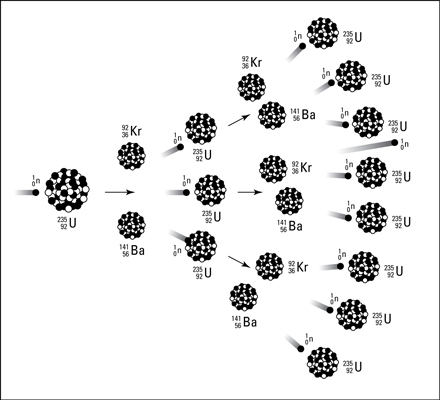

Nuclear energy supplies about 10 percent of the world's electricity and approximately 20 percent of the energy in the United States.

Nuclear power plants can continuously generate large-scale, around-the-clock electricity for many months at a time, without interruption. When it comes to efficiency and reliability, no other electricity source can match nuclear. Notice that Thorium-234 has an atomic number 2 less than Uranium-238, and a mass 4 less than Uranium-238. Additionally, because they don’t produce greenhouse gases, nuclear plants help protect air quality and mitigate climate change. Nuclear equations: Alpha decay of Uranium-238 Click card to see the answer answer Uranium-238 releases Thorium-234 and an alpha particle (or helium nucleus). Power plants don’t burn any materials so they produce no combustion by-products. Nuclear power offers many benefits for the environment as well. And because uranium is one of the world’s most abundant metals, it can provide fuel for the world’s commercial nuclear plants for generations to come. Each uranium fuel pellet provides up to five years of heat for power generation. Bundles of this fuel are inserted into the reactor.Ī single uranium pellet, slightly larger than a pencil eraser, contains the same energy as a ton of coal, 3 barrels of oil, or 17,000 cubic feet of natural gas. Uranium fuel consists of small, hard ceramic pellets that are packaged into long, vertical tubes. Nuclear power plants use low-enriched uranium fuel to produce electricity through a process called fission-the splitting of uranium atoms in a nuclear reactor. The nucleus of the U-235 atom comprises 92 protons and 143 neutrons (92 + 143 235). Nuclear power is a clean and efficient way of boiling water to make steam, which turns turbines to produce electricity.


 0 kommentar(er)
0 kommentar(er)
